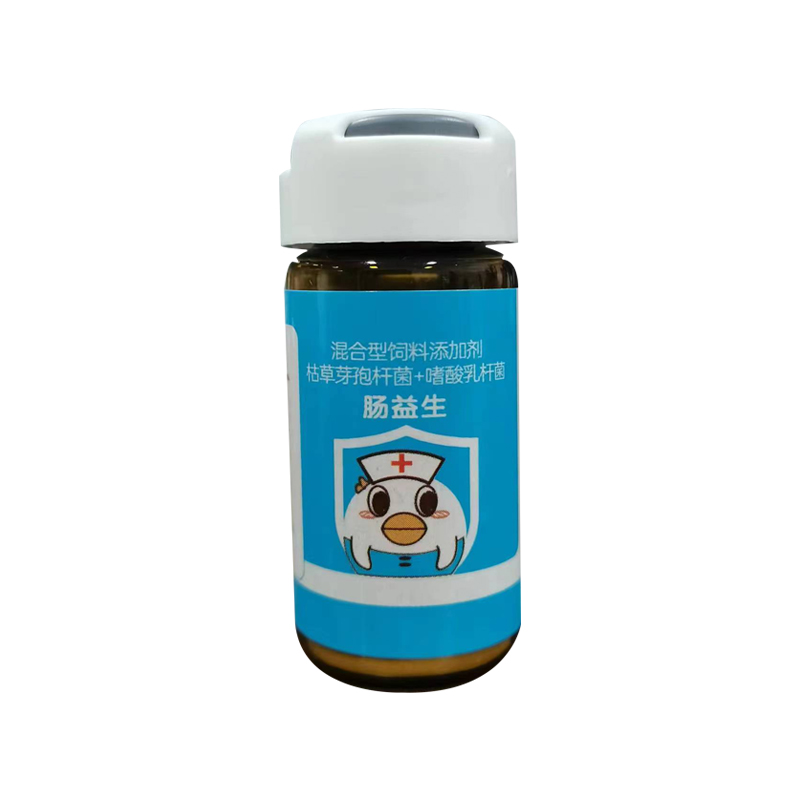
Aug . 06, 2024 07:21 Back to list
The Impact of Coccidia Infection on Chicken Health in Chinese Poultry Farming Practices
Understanding Coccidia in Chickens Impacts and Management in China
Coccidia are microscopic parasites that infect the intestinal lining of chickens and other poultry, leading to a disease known as coccidiosis. This condition is particularly significant in the poultry industry, as it can lead to severe health issues and economic losses. In China, where poultry farming is a major agricultural sector, understanding and managing coccidiosis is crucial for ensuring the health of flocks and the sustainability of poultry production.
The Biology of Coccidia
Coccidia belong to the genus Eimeria, which consists of multiple species that can infect chickens. These parasites are transmitted through the fecal-oral route, typically via contaminated food or water. Once ingested, the oocysts—an infectious form of the parasite—germinate in the intestine, where they invade the intestinal epithelium and reproduce. This process can cause significant damage to the intestinal lining, leading to diarrhea, weight loss, and in severe cases, mortality.
Symptoms and Diagnosis
The clinical signs of coccidiosis in chickens can vary depending on the severity of the infection and the specific species of coccidia involved. Common symptoms include diarrhea (often bloody), decreased feed intake, weight loss, and lethargy. In severe cases, chickens may die suddenly without showing initial signs of illness.
Diagnosing coccidiosis typically involves a combination of clinical observation, fecal examination to detect oocysts, and sometimes post-mortem analysis to assess intestinal damage. Early diagnosis is crucial, as prompt intervention can significantly reduce morbidity and mortality rates.
Economic Impacts
The economic implications of coccidiosis for poultry farmers in China are substantial. Infected flocks show decreased growth rates and feed efficiency, leading to higher production costs and lower profitability. The total economic impact can be especially severe in intensive farming systems, where large numbers of birds are concentrated in confined spaces, facilitating the rapid spread of the disease.
In recent years, the Chinese poultry industry has faced increased pressure to improve biosecurity measures and reduce the need for medicated feed additives. This shift is partly a response to consumer preferences for healthier, antibiotic-free poultry products. Consequently, managing coccidiosis through alternative strategies becomes imperative.
china coccidia in chicken

Management Strategies
Effective management of coccidiosis in chickens involves a multi-faceted approach
1. Biosecurity Measures Implementing strict biosecurity protocols helps reduce the risk of coccidia transmission. This includes maintaining cleanliness in poultry houses, controlling access to flocks, and ensuring that equipment is sanitized between uses.
2. Vaccination In recent years, vaccines against specific Eimeria species have been developed and are becoming increasingly popular. These vaccines can help reduce the clinical signs of coccidiosis and improve flock health.
3. Nutritional Management Providing a balanced diet that supports the birds' immune systems can minimize the impact of coccidia. Adding probiotics or prebiotics may also enhance gut health and aid in disease resistance.
4. Rotation of Coccidiostats In cases where medication is necessary, rotating different classes of coccidiostats can help prevent the development of drug resistance.
5. Monitoring and Research Continuous monitoring of flocks for signs of coccidiosis is vital. Ongoing research into coccidia prevalence, biology, and control strategies will enhance knowledge and improve management practices.
Conclusion
Coccidia in chickens present a significant challenge to poultry farmers in China, impacting both flock health and economic viability. By understanding the biology of these parasites and implementing effective management strategies, poultry producers can mitigate the effects of coccidiosis. As the industry evolves, embracing innovation and scientific research will be essential for sustaining poultry production and ensuring food security.
-
Premium China Bacillus Subtilis Supplier & Factory Solutions
NewsJul.30,2025
-
Premium Avermectin Supplier in China | Custom Solutions Available
NewsJul.29,2025
-
China Bacillus Subtilis Supplier - Custom Factory Solutions
NewsJul.29,2025
-
China Salivation: Leading Custom Salivation Supplier & Factory Solutions
NewsJul.29,2025
-
Leading Lincomycin Hydrochloride Manufacturer & Supplier with High Purity
NewsJul.29,2025
-
Bio-Enzyme Yogurt Growth Promoter Factory - Top Quality Manufacturer & Supplier
NewsJul.28,2025




